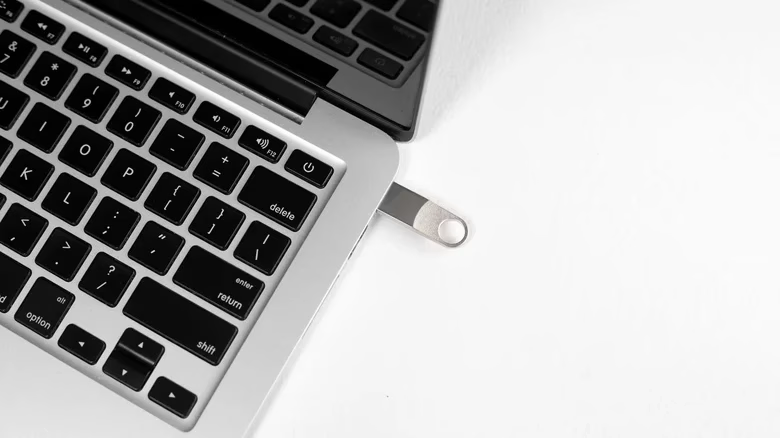The Perilous Pull: What Actually Happens When You Yank a USB Stick Without Ejecting?
The Hidden Dance of Data: Caching and Why It Matters
So, when you initiate a save, the data might be written to the RAM cache first. Your OS then schedules it to be written to the USB stick in the background. This is why you can often continue working on other things while a large file is "copying." The operation appears complete to you, but the data is still in limbo, waiting for its turn to be physically written to the flash memory of the USB drive.
The Cache Conundrum: What Happens When the Workbench is Cleared Too Soon?
Now, imagine you skip this step. You pull the USB stick out while the OS is still planning to write that last batch of data from RAM. Poof! That data, which was never physically written to the drive, is gone. It’s like the chef throwing away the prepped ingredients before they even hit the pan. This can lead to incomplete files, corrupted documents, or even a completely unreadable USB drive if the file system itself gets messed up.
File System Follies: The Architecture of Your Data
Every storage device, including your trusty USB stick, has a file system. This is essentially an organizational structure that tells the computer where files are located, their names, sizes, and other crucial metadata. Common file systems for USB drives include FAT32, exFAT, and NTFS.
When you’re actively reading or writing to a USB drive, the file system is constantly being updated. Think of it like a library’s card catalog. Every time a book is added, removed, or its location changed, the catalog needs to be updated accurately. If you suddenly remove the librarian (the USB drive) while they’re in the middle of reorganizing the shelves or updating the catalog cards, chaos ensues.
Corruption Catastrophe: When the Catalog is Garbled
chkdsk on Windows or fsck on Linux/macOS can often repair minor corruption, they aren't always successful, especially with significant damage.Beyond Data: The Physical Toll (and Why It's Less Common)
While data loss and file system corruption are the primary concerns, some folks worry about physically damaging the USB drive itself. It’s true that any electronic device can be susceptible to damage from abrupt power interruptions or sudden disconnections. However, for modern USB drives, physical damage from simply unplugging it without ejecting is relatively rare.
Quick Removal vs. Safe Eject: Understanding the Nuances
Modern operating systems offer different policies for handling USB devices. You might have encountered options like "Quick removal" versus "Better performance" (which usually implies write caching is enabled).
-
Quick Removal: This policy minimizes or disables write caching. Data is written more directly to the drive, reducing the risk of data loss if you pull the plug without ejecting. The trade-off? Performance can be slower, especially for large transfers, as the drive is constantly writing.
-
Better Performance (Write Caching Enabled): This is the default for many systems. It leverages RAM caching for faster transfers but necessitates safe ejection to ensure all data is written.
It’s a bit of a balancing act. If you’re constantly transferring small files and speed isn’t a huge concern, enabling "Quick removal" can offer peace of mind. But for larger files or when you’re unsure, sticking with the default and always ejecting is the safer bet.
So, What’s the Verdict?
Think of it like this: would you unplug a running appliance from the wall without turning it off first? Probably not. The "eject" function is the digital equivalent of a graceful shutdown for your USB drive. It takes mere seconds, and in the grand scheme of things, those seconds can save you hours of headaches and potentially irreplaceable data. So next time, take that extra moment. Your files, and your sanity, will thank you.
